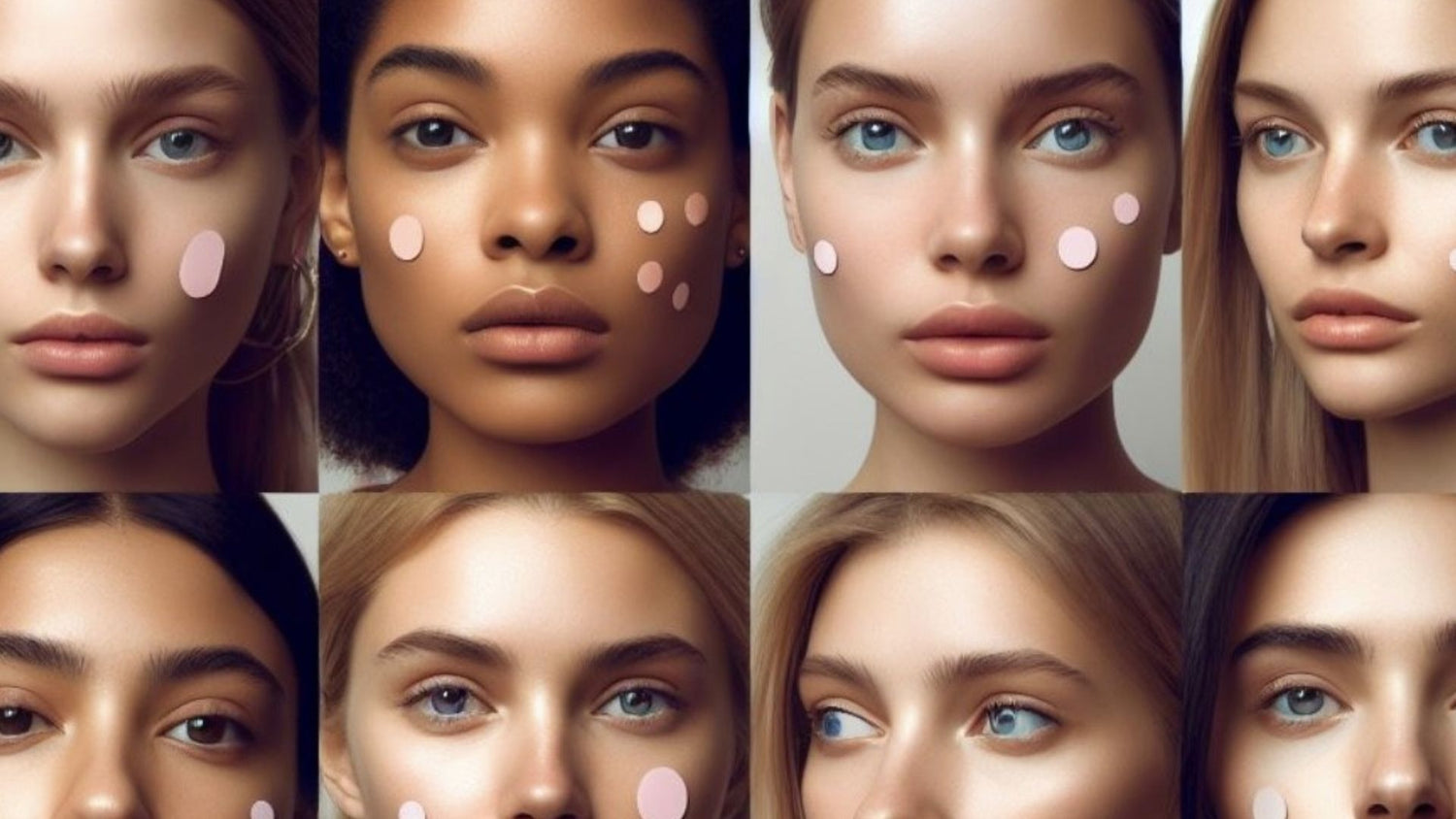Connecting
Connecting
By: Josh Salés
Posted: September 4, 2009, from the September 2009 issue of GCI Magazine.
Ron Robinson, Founder, Beautystat.com
Winning loyal repeat consumers is not getting any easier. Consider that there is an incredible number of products on both real and virtual shelves, and, as claims elevate to stand out on these crowded shelves, consumers will hold brand owners’ feet to the fire, demanding claims meet expectations. And even as they yearn for product options, consumers still want to readily identify a product adequate for their personal needs. If the purchased product does not live up to elevated expectation, it is very likely that will be the last time the product is purchased.
“Nearly 40% of women who responded to a recent market research study indicated they were dissatisfied with the performance of their skin care treatment products,” says Ron Robinson, a 20-year veteran in the beauty industry and founder of Beautystat.com—an online network where people share the specific beauty care needs and results they have attained with particular products.
To stake its position in the growing social media landscape, Beautystat.com was created to go beyond simply targeting beauty products and consumers—it is also specific about its role in the relationship between product/brands and consumers, and consumer to consumer. Simply put, making connections that facilitate better beauty purchasing decisions. “Women have a real desire to connect with other women who have similar beauty concerns,” says Robinson.
And because product needs vary due to factors such as age, ethnicity and spending power, Robinson believes it is crucial for consumers to have a broad network within which to both give and receive advice that is based upon needs, opinions and product performance. In general, consumers are skeptical of exaggerated marketing claims, and are also overwhelmed by the range of choices on retail shelves. If a consumer can bypass brand marketing materials and shelf overload by using first-hand accounts from others with similar needs and preferences, which can also be deemed as be non-biased, they will do so and follow through with a purchase—and potentially become loyal consumers to the brands that they have found through this method.
The site and advice, too, goes beyond simply weeding out “bad” products. Robinson, who had worked to create many products and concepts throughout his career, noticed that even products that were clearly high quality, with substantiated claims and a track record of consumers satisfied with the results were “adding to the confusion.” What tools were available to a consumer for her to determine the difference between a product on the shelf and the one right next to it? To the uninformed consumer, none. This education focus became a major impetus for the creation of Beautystat.com—to become a straightforward aid for consumers to narrow-in on the products through the endorsement of others.
But are brand owners ready to accept consumer-driven insights and apply them adequately to both marketing and product development? Robinson believes they are, and it may very much change the way beauty products are marketed and restructure the product landscape. And it’s not just the marketing and positioning of products that consumers now impact. Consumer-driven insights are affecting the earliest stages of product development—providing clues to trends and changing habits earlier than ever and revealing previously unforeseen consumer concerns and wants that may spark the creation of a completely new product type. “The information that can be gleaned from these conversations offers a tremendous advantage,” concludes Robinson.



